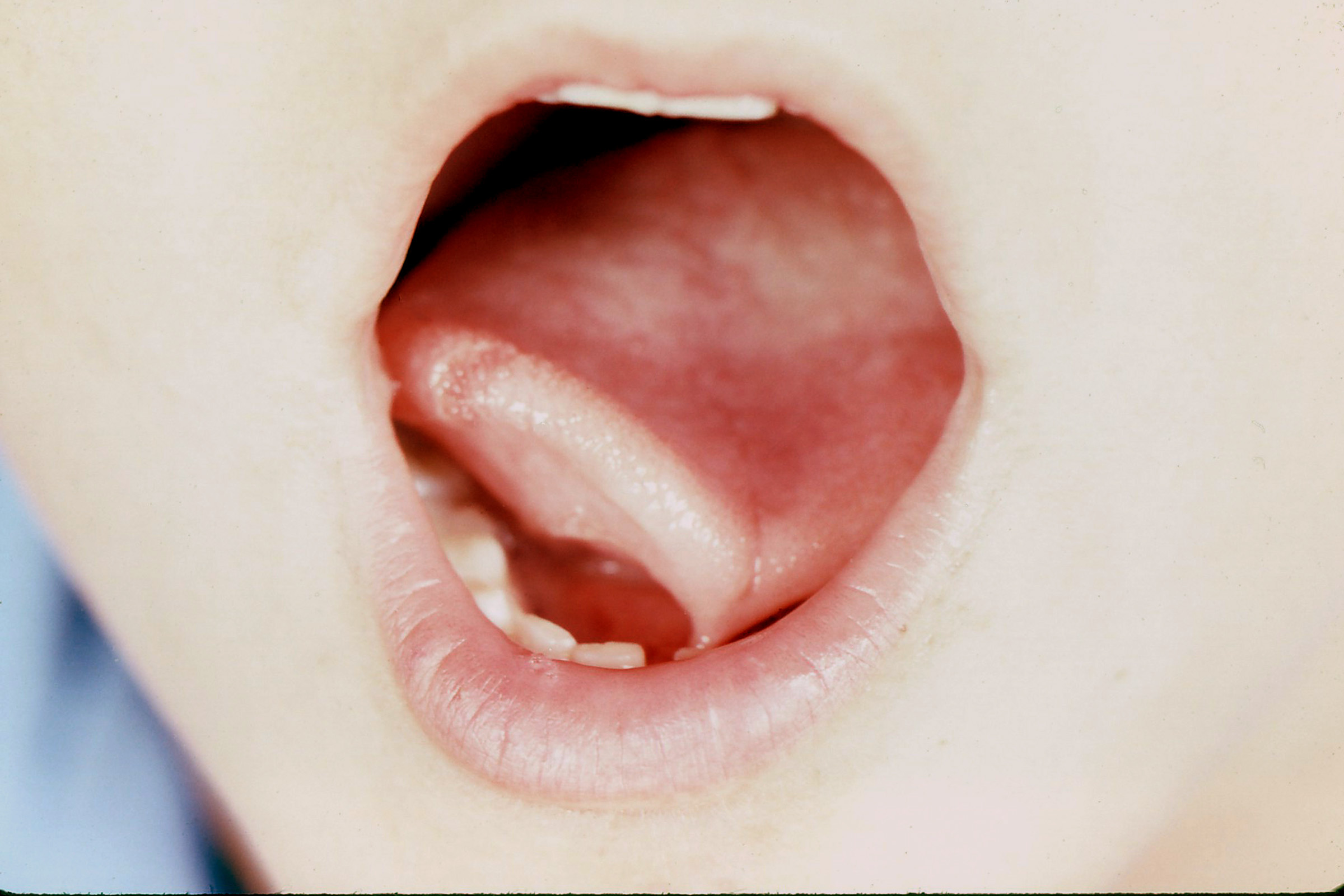
Tongue Tie Information for parents and practitioners Tongue Tie
INTRODUCTION. Ankyloglossia, or tongue-tie, is a congenital anomaly that is characterized by a short lingual frenulum. 1 Recently, there has been a greater focus on the functional status of the tongue and symptoms caused by the frenulum rather than purely anatomic diagnoses. 2 The lingual frenulum may be attached anywhere from at or near the tip of the tongue to the posterior aspect of the.

Tongue Tie Specialist Oral Surgeons
Browse 476 authentic tongue tie stock photos, high-res images, and pictures, or explore additional newborn tongue tie or infant tongue tie stock images to find the right photo at the right size and resolution for your project. newborn tongue tie. infant tongue tie. tongue tie surgery.
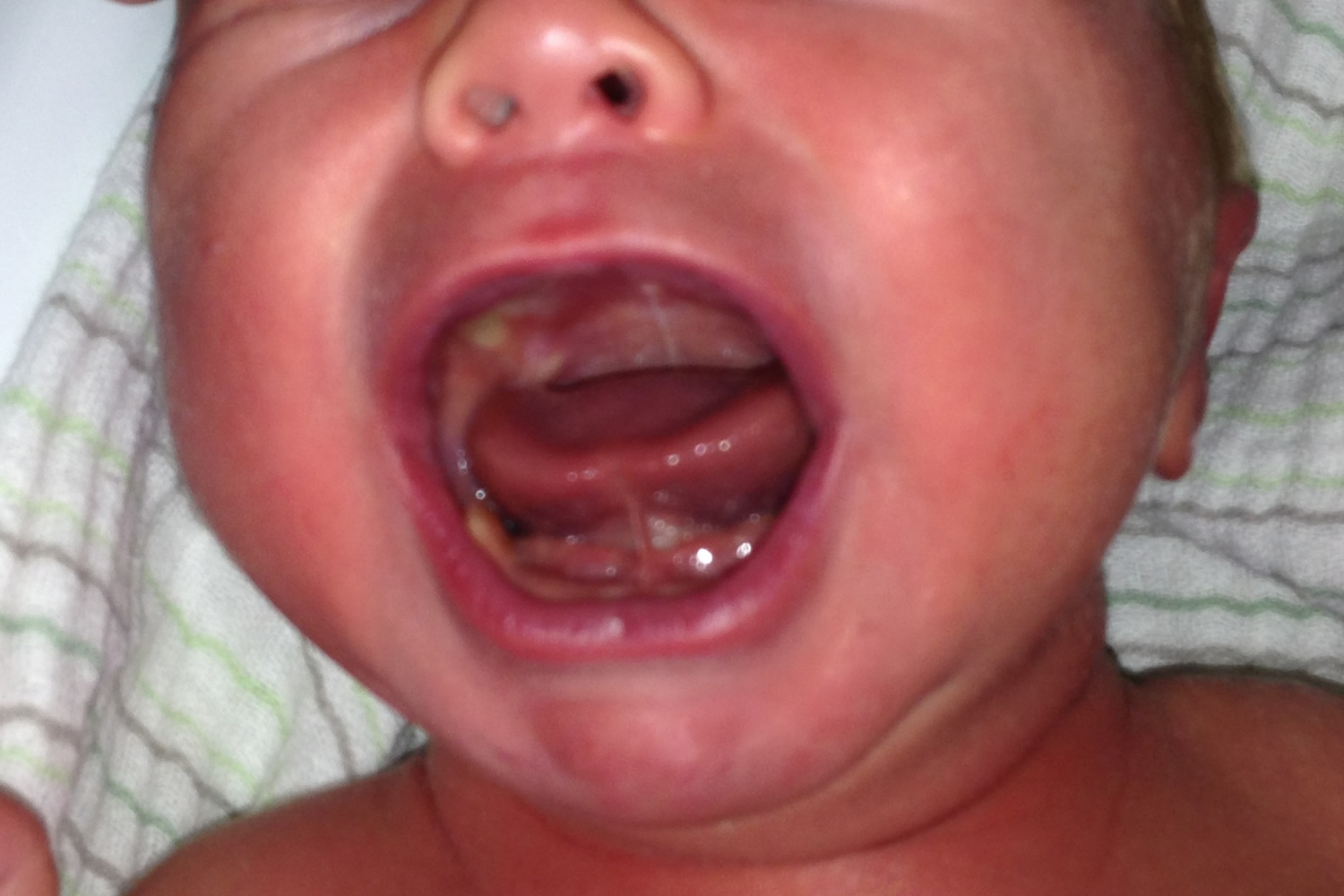
Tongue Tie (Ankyloglossia) Infant & Newborn Causes, Treatment
If your baby is tongue-tied, it means the tissue under their tongue is short or extends too far toward the front of their tongue. A newborn tongue-tie may correct itself, or your baby may adjust to it.

The Book Tongue Tie From Confusion to Clarity Tongue Tie
The common term for ankyloglossia is tongue tie. In this condition, the tongue is literally "tied," or tethered, to the floor of the mouth, sometimes inhibiting both speech and eating. A child is born with this condition. The tongue is one of the most important muscles involved in swallowing and speech. Without free range of motion, these.
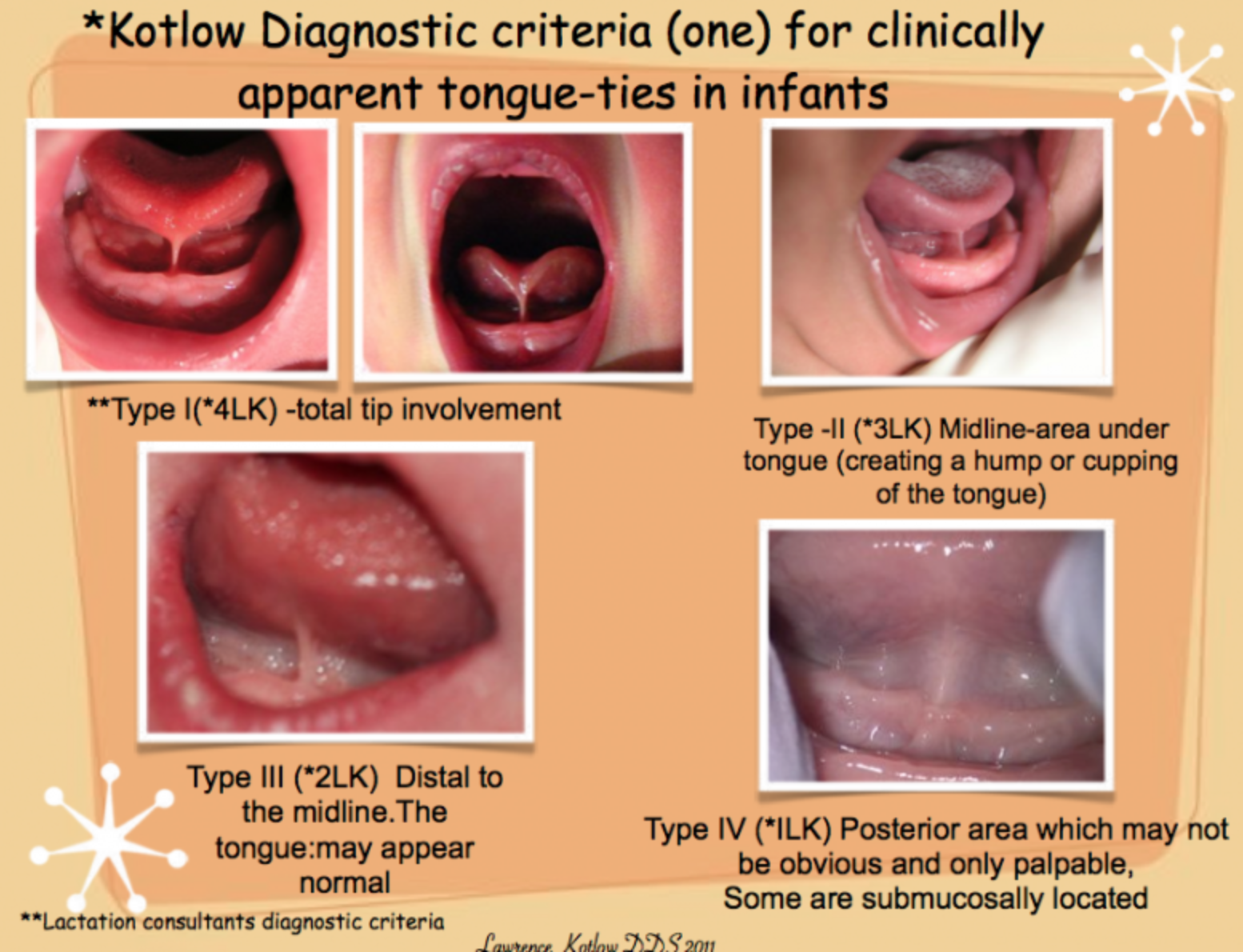
What Does A Tongue Tie Look Like? Dr. Chelsea Pinto Los Angeles Infant Tongue Tie Specialist
Tongue-tie (ankyloglossia) is a condition present at birth that restricts the tongue's range of motion. With tongue-tie, an unusually short, thick or tight band of tissue (lingual frenulum) tethers the bottom of the tongue's tip to the floor of the mouth, so it may interfere with breast-feeding.
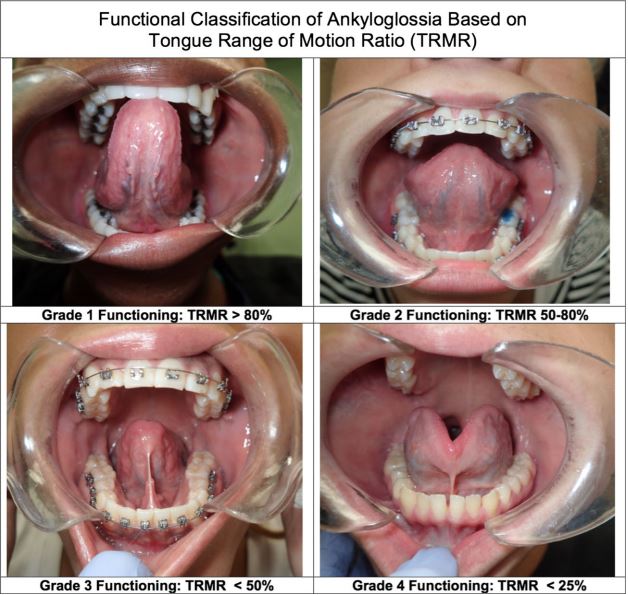
TongueTie Tips Alabama TongueTie Center Dr. Richard Baxter Birmingham, AL
Tongue-tie, or ankyloglossia, occurs when the tissue connecting the tongue to the bottom of the mouth is shorter than usual. It is a condition that can be present from birth. Some infants with tongue-tie may find it difficult to feed due to the way it can restrict the tongue's movement.
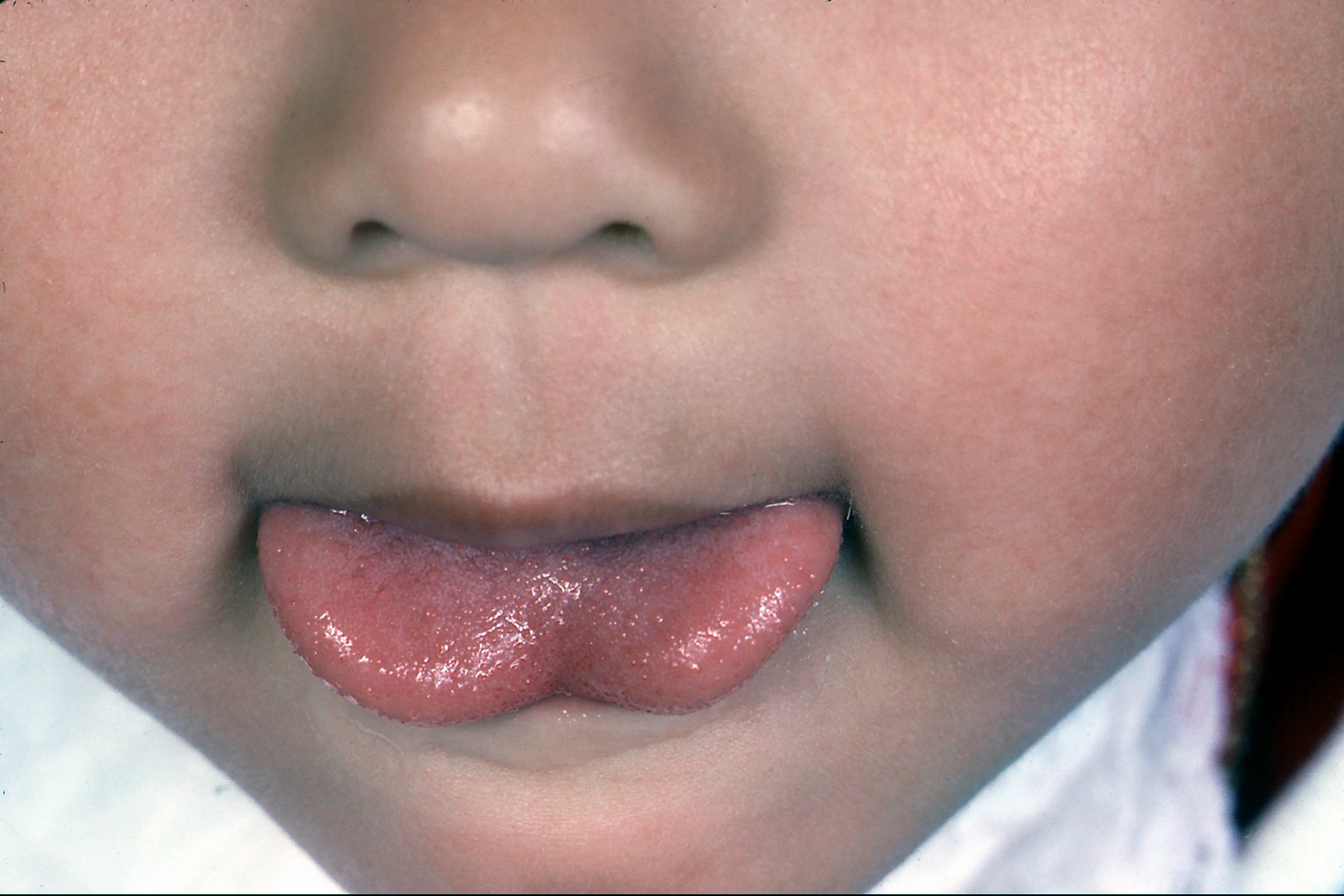
Tongue Tie Information for parents and practitioners Tongue Tie
Tongue-tie — also known as ankyloglossia — is a condition in which a person's tongue remains attached to the floor of their mouth. This occurs when the lingual frenulum (a thin strip of tissue connecting your tongue and the floor of your mouth) is shorter than usual. A short frenulum can restrict your tongue's movement.

Tongue Tie How to Check Your Baby (and How to Fix It)
Tongue-tie (ankyloglossia) is where the strip of skin connecting the baby's tongue to the bottom of their mouth is shorter than usual. Some babies who have tongue-tie do not seem to be bothered by it. In others, it can restrict the tongue's movement, making it harder to breastfeed.
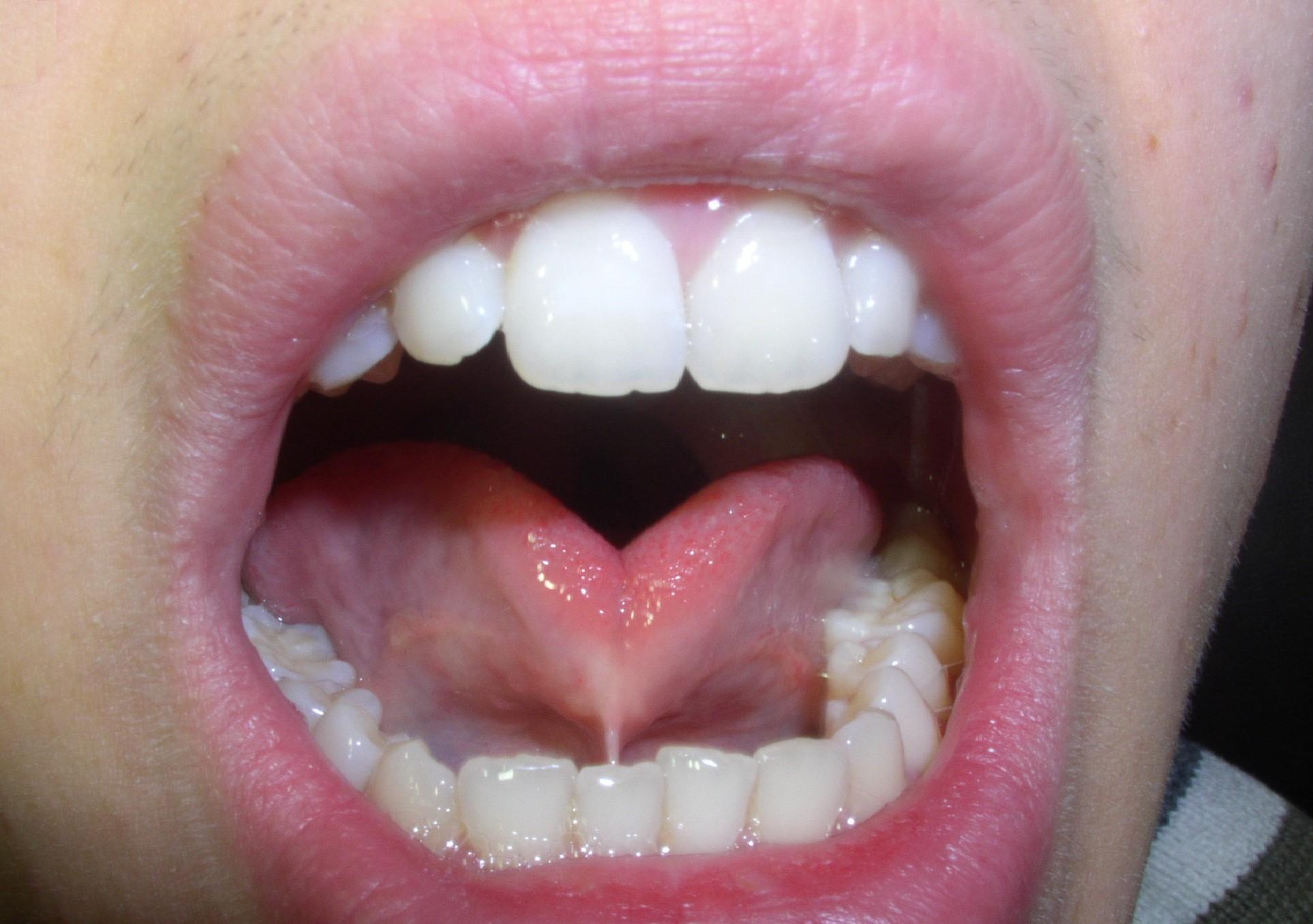
What Does A Tongue Tie Look Like? Dr. Chelsea Pinto Los Angeles Infant Tongue Tie Specialist
Getty Images Tongue-tie, a genetic condition, is gaining attention from medical experts and families around the world (Credit: Getty Images) Awareness of tongue-tie, and its hidden.

How to Identify and Deal with Lip Tie and Tongue Tie Embracing Motherhood
Types of Ties (Including Pictures) Tethered Oral Tissues (TOTs) This is an acronym adopted by many practitioners as an umbrella term for lip, tongue, and buccal-ties. An individual can possess multiple ties from 3 locations including the tongue, lip, and cheek. The term you will see often is ankyloglossia. Ankylo means (stiff, fused, fixed), and glossia means […]
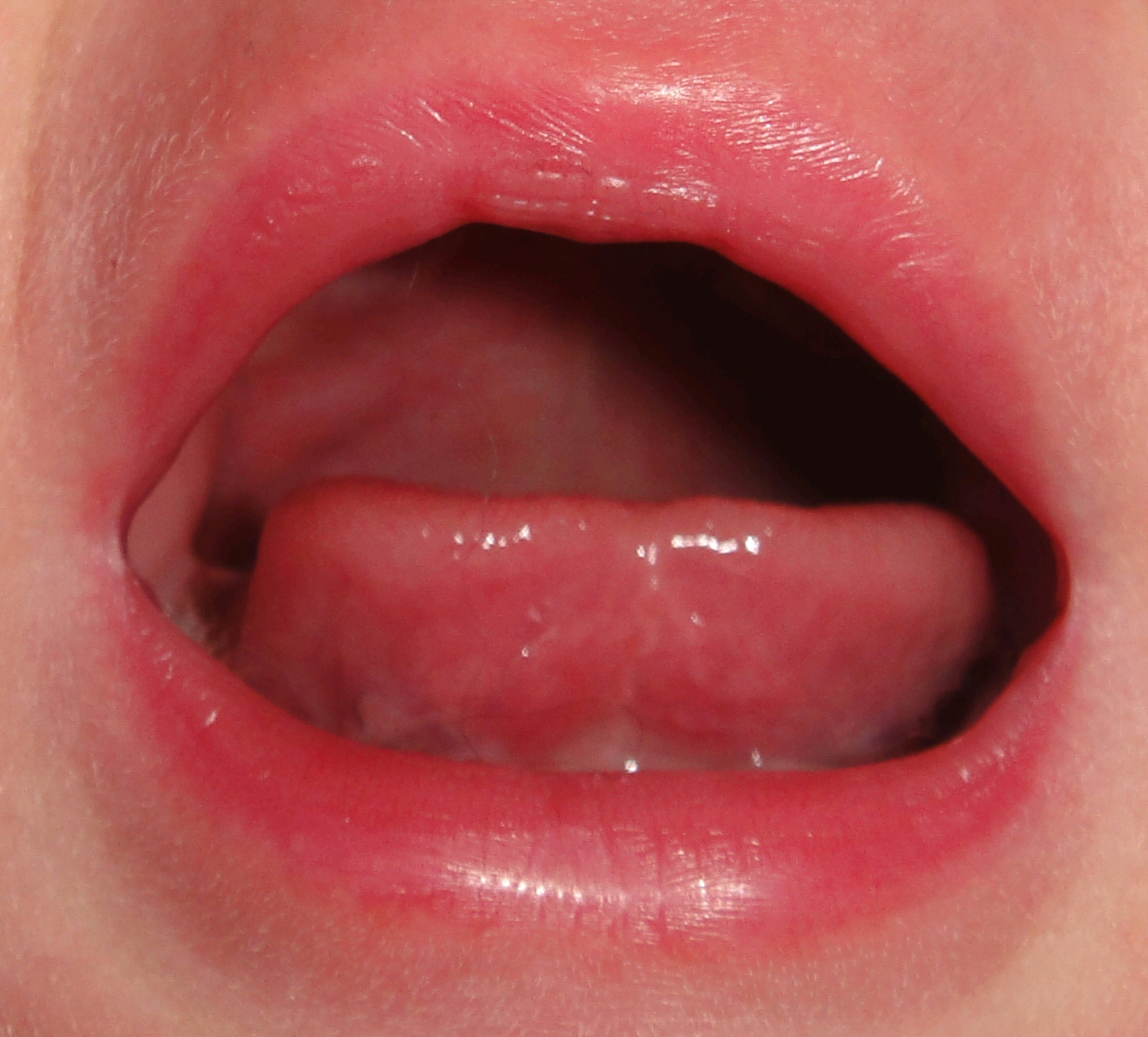
Analytical Armadillo The Mild, Small or Slight Tongue Tie
Frenotomy Tongue-tie Enlarge image A simple surgical procedure called a frenotomy can be done with or without anesthesia in the hospital nursery or doctor's office. The doctor examines the lingual frenulum and then uses sterile scissors to snip the frenulum free.
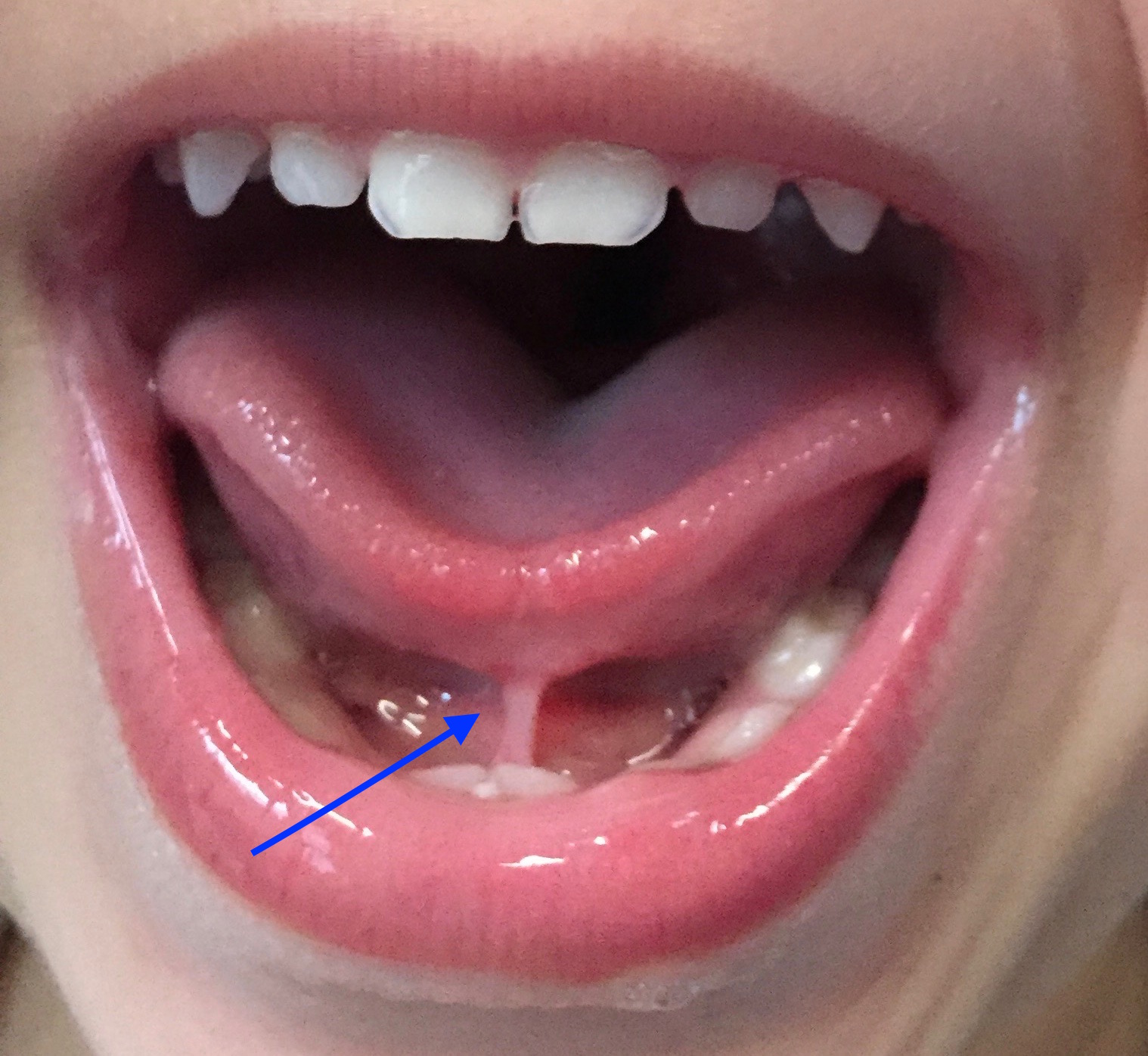
Can you sing with a tonguetie? — Ken Tamplin Vocal Academy Singers Forum
Tongue tie is the improper development of the anchoring of the tongue to the mouth, which results in limited tongue movement. The frenulum, which is what attaches the tongue to the floor of the mouth, is too short, too thin, or too tight to allow for proper tongue use.
The Next Chapter in my Speech World Tongue Tie and the SLP
A tongue tie (ankyloglossia) is a condition some babies are born with that restricts the tongue's range of motion. Examples include being unable to push the tongue past the lower teeth or.

What is a Tongue Tie and Why do you look for this during a dental check up? Kiddies Dental Care
A baby born with a tongue-tie, or ankyloglossia, will have an overly short or thick frenulum that restricts the tongue's movement. The frenulum is a small band of tissue that extends from the.
Is this considered a tongue tie? r/Mewing
6,145 tongue tie stock photos, 3D objects, vectors, and illustrations are available royalty-free. See tongue tie stock video clips Filters All images Photos Vectors Illustrations 3D Objects Sort by Popular Tongue-tie patient , baby health problem , baby show tongue and gum

Tongue tie Hall and Renfrew 90 (12) 1211 Archives of Disease in Childhood
Photo Gallery Downward protrusion shows deep notching and midline groove. Excess saliva, lower lip support, widening of tongue when protruding. Elevation requires both gripping by teeth and support from lower lip. Cup shaped tongue when attempting intra-oral elevation. Adult: Teeth grip tongue to stabilise it in an attempt at forward protrusion.